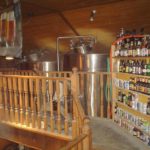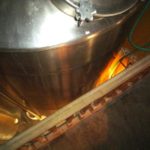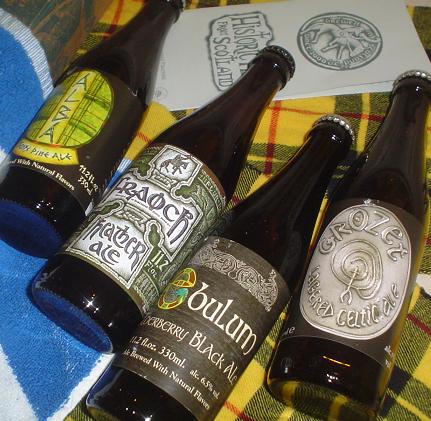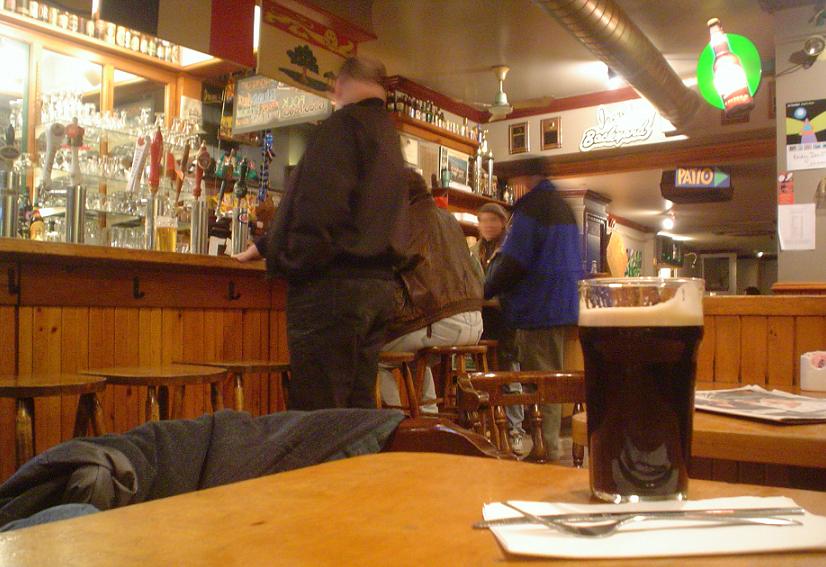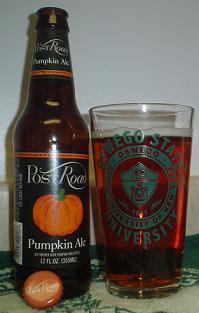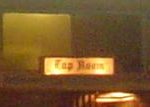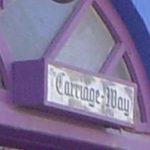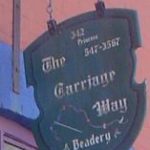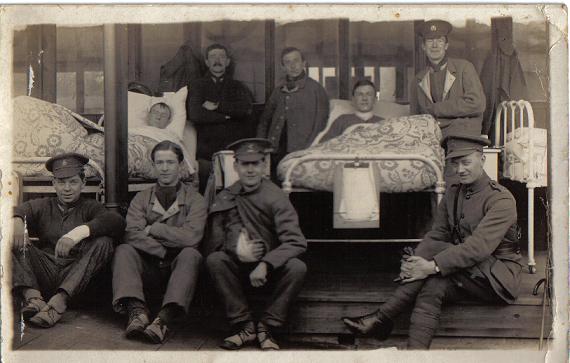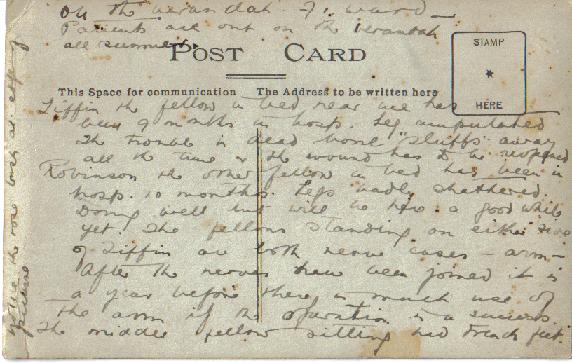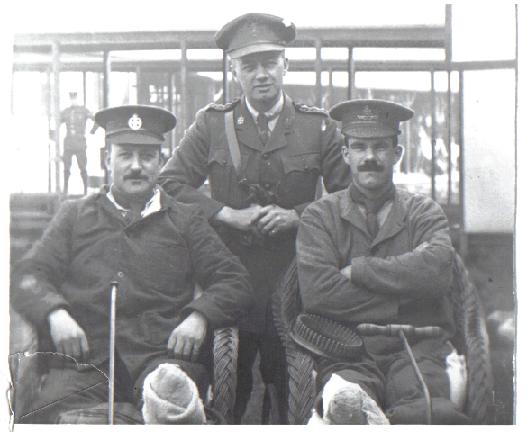I got off the 401 at the Brighton exit and headed away from that town, going north. I will write more about this brewery tomorrow when I am not so tired but for now here are some pictures and the assurance that some of the best beer in Ontario is being made in a small Victorian church in the rolling hills of Northumberland county. Just one point before tomorrow, however: there were renovations going on and that is why a good swiffering looks due.
The Next Day: You have to spend an hour getting to and from Church-Key Brewing from the 401. Do it. It sits between Campbellford and Springbrook on route #38 on a high point among small century farms. If it is not on the road, you will notice the yellow draft dispensing van out front. The brewery is housed in the former Zion United Church which was likely the former Zion Methodist Church. The main body of the building is from the 1860s or ’70s with an addition from the 1920s that the brewery is expanding into at the moment. Its 3000 litre conical fermenters stand floor to rafters like the dullest organ pipes in the what was the sanctuary.
I got to spend an hour with Church-Key Owner John Graham and Marketing Director Cary Tucker. We got so quickly into talking that I didn’t even sample any samples. They only sell six-packs at the brewery, moving kegs to bars and restaurants from Ottawa to Toronto, Kingston to Peterborough. Cary and I got into beer travelling, the joys of the Galeville Grocery and his website. These guys like to know what is going on in the industry and, after five years or operation, are still self-described beer nerds.
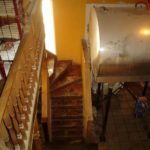
They brew a lager, a pale ale, a smoked ale and a chocolate porter and, going by the two sixes I picked up, the beer is some of the best made in the province. I’ll review the smoked ale and chocolate porter later but suffice it to say that I can easily see making the two and half hour round trip some Saturday just to get another fix. Recently, they have won some important awards:
Church-Key Brewing picked up three Gold Medals at the second annual Canadian Brewing Awards held at the Duke of Westminster Pub in Toronto. Church-Key’s first gold medal came in the Scotch Ale competition as Holy Smoke was chosen Best of Category. In the Cream Ale Category, Church-Key’s Northumberland Ale tied for the Gold Medal with Gulf Islands Salt Spring Golden Ale from British Columbia and Quebec’s Microbrasserie du Lievre La Montoise. Church-Key’s Decadent Chocolate Porter, flavored with cocoa from World’s Finest Chocolate in Campbellford, tied for Gold in the Stout or Porter category with Black Oak Nutcracker from Oakville, Ontario and Boreale Noire from Quebec.
Impressive competition which makes me think we have a couple of candidates for the National Six-Pack.





